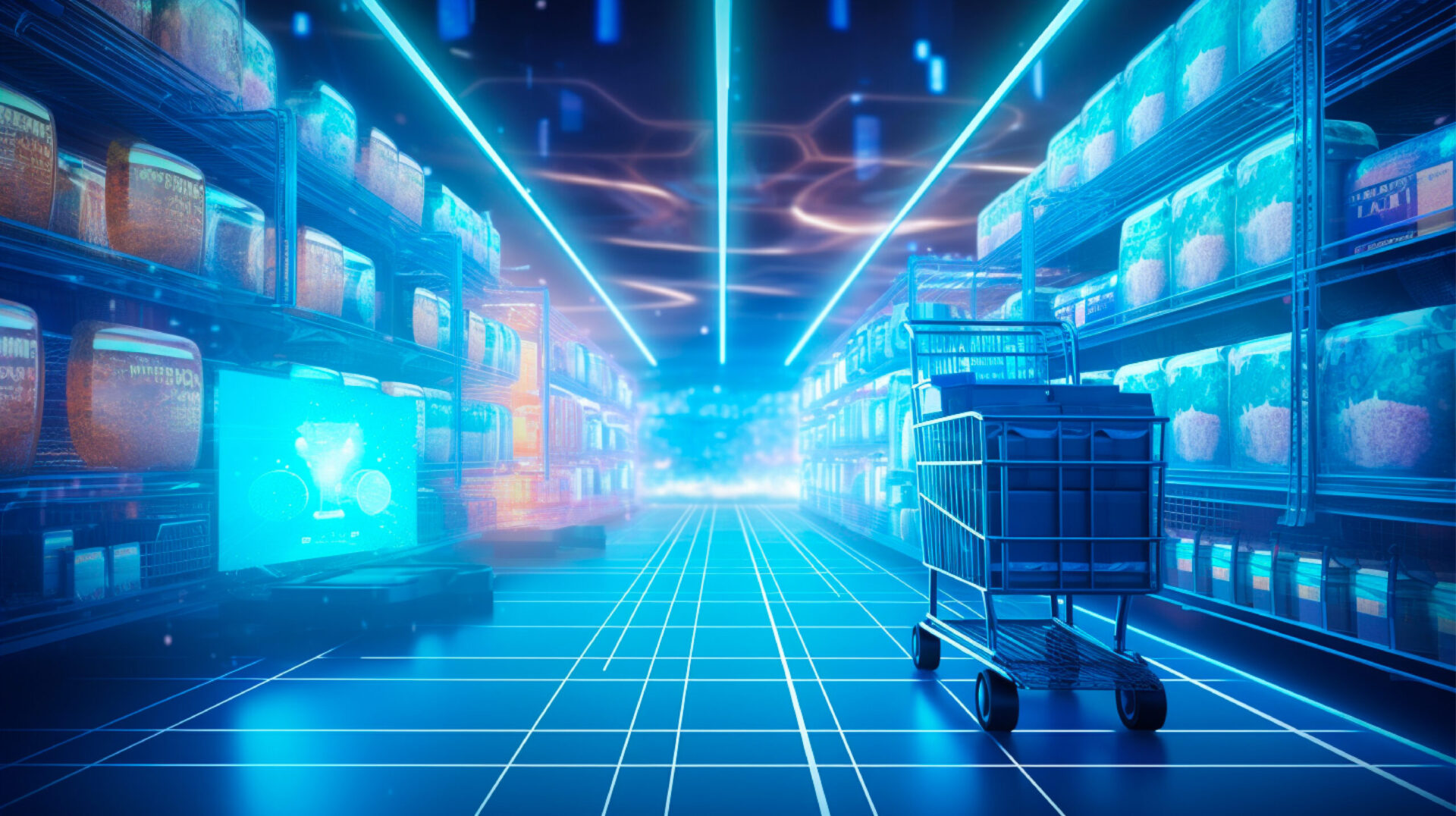AI is disrupting the CPG and retail sectors in several ways. AI is altering how businesses operate and engage with their consumers, from improving supply chain management to customizing customer experiences. AI-driven disruptions in the sectors have countless potential outcomes.
Companies continuously research new tactics and find ways to use AI to their advantage. These improvements are being driven by two main factors: better branded experiences and increased revenue. This blog examines how AI is upending the CPG and retail sectors and its implications for businesses and customers.
Enhancing Processes
AI streamlines processes and increases productivity. Some AI application scenarios that assist firms in achieving operational efficiency include automating inventory and logistics management as well as other complicated operations, monitoring employee performance, controlling the workload of customer care agents, etc. Companies benefit from decreased time and expense and increased workflow efficiency and accuracy.
A primary benefit of automated workflows or robotic process automation (RPA) services is decreased mistake rates. AI also assists companies in ensuring compliance with laws. The AI-powered systems check for infractions after being provided with the necessary regulations. AI significantly increases the quality of workflows by enhancing processes like discovering faulty products that don’t satisfy requirements and safety flaws in food products.
Managing Customer Preferences
Customer preferences can be learned via real-time access to consumer data. Using past data on client purchasing habits, predictive analytics assists in making precise demand projections in an agile manner and enables different forms of personalization. AI also aids in smarter decision-making concerning optimizing pricing tactics. Customers are thrilled due to these strategies centered around them, which leads to customer loyalty.
Better Product Designs
Ensuring that their products stand out in a crowd is a crucial problem for companies today. Many options are available, whether for commonplace items like toothpaste or bath soap or specialty items like baby meals. Businesses gather information on any product on the market with machine learning (ML) algorithms.
The suggestions enabled by ML algorithms help companies create distinctive and customer-focused goods, such as voice assistant–capable home appliances for smart homes. Analyzing previous product-related data can help in gaining insights regarding design patterns that haven’t succeeded for the business or rivals. Such data-driven planning lowers the market failure rate of products.
Maximizing Marketing and Advertising Expenditures
AI-based techniques are helping in advance marketing and advertising with targeted advertisements, push alerts, predictive marketing tools, etc. Better customer experiences are ensured by deploying chat or voice bots, which are popular alternatives to personalized advertising. Using them to automate 24 x 7 customer assistance saves time and money.
While shopping, virtual assistants offer product recommendations. Applications powered by AI monitor all systems and channels to enhance security and prevent hacking. AI-based applications also make placement suggestions for products on shelves to guarantee that customers can see and discover things right away.
Streamlining the Supply Chain
Supply chain optimization is one of the main ways AI is upending the CPG and retail sectors. AI algorithms can find patterns and trends by analyzing vast volumes of data, which assists companies in streamlining supply chain operations. This might involve everything from estimating demand and managing inventory levels to foreseeing delays in transportation and locating supply chain bottlenecks.
Personalization with AR and VR
Personalization is another way AI enhances the CPG and retail sectors. AI algorithms improve the purchasing experience by using consumer data to customize offers and suggestions. This involves individualized pricing, tailored marketing initiatives, and product suggestions.
The CPG and retail sectors are evolving in several ways due to augmented reality (AR) and virtual reality (VR). These technologies help companies design immersive and engaging experiences for their clients, improving the purchase experience and increasing engagement.
In-store displays and product visualization are two ways AR and VR transforming the sectors. By utilizing AR and VR, retailers design interactive displays that let shoppers see items in various settings and combinations. When purchasing furniture, appliances, and home décor, clients may want to visualize how the product will appear in their houses.
Online purchasing experiences can be improved with the usage of AR and VR. For instance, some stores utilize AR and VR to let shoppers virtually try on clothing and accessories or visualize them in their homes before purchasing. This can lessen the need for returns by assisting customers in making better judgments.
AR and VR are being utilized to create immersive brand experiences. For instance, some businesses are employing AR and VR to develop interactive exhibits or virtual tours that let customers learn more about their goods and the components used in manufacturing them. Such a move helps in boosting sales and enhancing brand loyalty and trust.
Conclusion
AI is disrupting the CPG and retail sectors in several ways. AI transforms how companies in these sectors run and engage with their consumers, from supply chain efficiency and tailored customer experiences to automating tedious jobs. Improved product creation, fraud detection, inventory management, chatbots and virtual assistants, AR and VR, and automated customer service are other ways where AI is upending the CPG and retail sectors.
The CPG and retail sectors are expected to be affected considerably as AI develops, altering established business structures and spurring innovation. Companies that embrace AI will be well-positioned to prosper in the future since it is a fast-developing technology with the potential to transform the sector.




